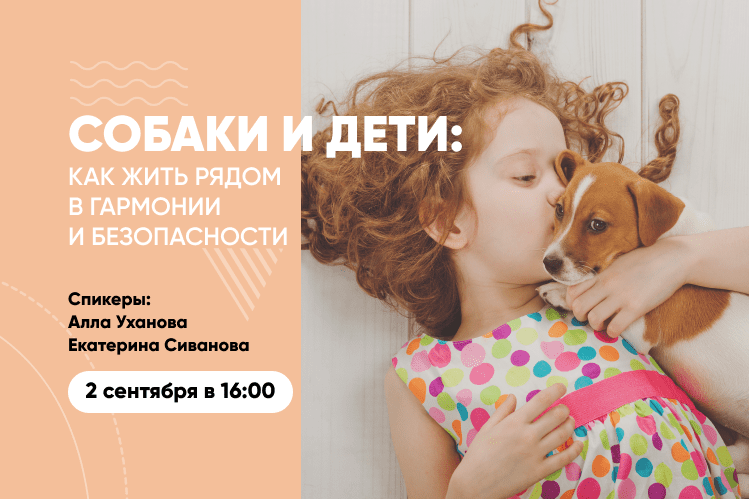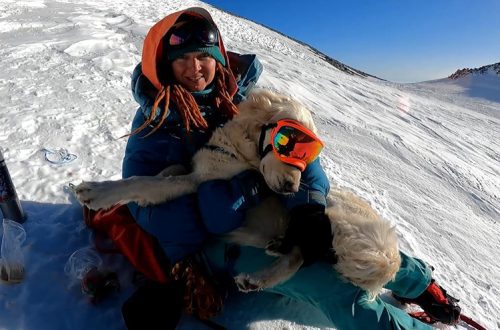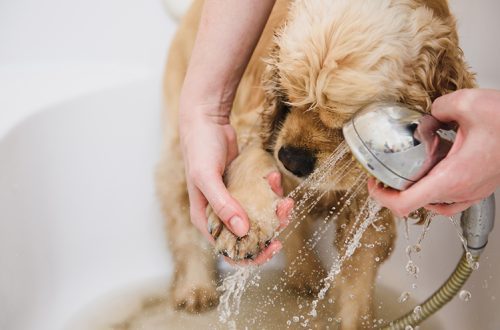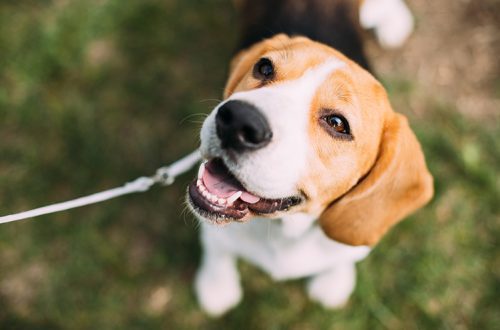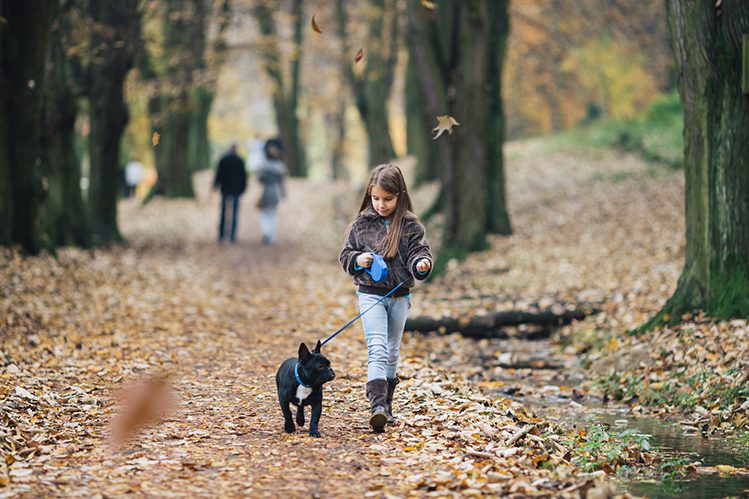
What to do if a child asks for a dog
We discuss with a zoopsychologist how to understand that a child is ready for a dog. Bonus at the end of the article!
The child wants a dog and asks for it for his birthday, New Year and on a normal day too – a familiar situation? But a dog is a living being and will be part of the family for years to come. So the first step is to consider the changes that a dog will bring to your life and make sure that the young nature lover is ready to take on some of the responsibility for a four-legged friend. And also – to find out if the matter is really in the desire to get a dog, and not in the lack of communication and the desire to receive more attention.
Veterinarians, volunteers, cynologists are constantly reminding why it is impossible to give dogs as gifts. A living creature evokes positive emotions, which often fade as puppies enter their wild adolescence. Many stray dogs are pets whose irresponsible owners are tired of them and do not consider it necessary to take care of their future fate. In the best case, such dogs are waiting for a shelter and new owners, who will have to work with the emotional trauma of a pet that has survived the betrayal of loved ones for at least a year.
A dog is a living being, it should not be started on a wave of emotions, succumbing to persuasion or expecting to surprise.
When a child asks for a dog, try to turn the conversation into responsibility for the pet. Ask questions:
Who will walk the dog?
When we go on vacation, who will look after the pet?
Who will bathe the dog, comb its hair?
Are you ready every day for an hour to walk and an hour to play with the dog?
If the child has not seriously thought about what duties the presence of a four-legged friend in the house promises, these questions should already puzzle him and cool his ardor somewhat.
Usually children ask for a puppy, not realizing that the puppy will become a full-fledged member of the family and will live in it for many years. Large dogs live on average 8 years, miniature – about 15. The child needs to be explained that the pet will not always be a puppy, that he will grow up and he will need care at all stages of life.
If a child asks for a pet, remember that the lion’s share of responsibility for a four-legged friend will fall on you. It is impossible to strictly demand from a boy or girl seven or eight years of full-fledged pet care.
In the desire to get a dog, the motive is important. Find out why the child asks for a pet and why a dog in particular. It would be very helpful to discuss the issue with a child psychologist. It may turn out that the dog has nothing to do with it. It’s just that the child lacks the attention of parents or he fails to make friends among his peers. Against the backdrop of these difficulties, for a boy or girl, the idea of having a puppy seems like a saving straw. In this case, timely clarification of the essence of the problem will save both you and the potential pet time and nerves. After all, it may turn out that communication with a dog is not the kind of support and communication that a child lacks.

To understand how interested the child is in the pet, you can arrange a test period for him. For example, ask him to take care of a toy dog for two weeks: get up for a walk, feed at the same time, groom, read literature or watch videos on proper education, study the vaccination schedule. Children from 10 years old can already cope with such responsibility. But if the child is younger, you can give him simpler instructions: for example, treat the dog with a treat.
When a child asks for a dog, he does not always understand that communication with her is associated with some unpleasant physiological moments. For the first few months, the puppy goes to the toilet wherever he wants, and accustoming to diapers and walks can take up to six months. On the street, dogs are interested in garbage, the waste products of other dogs and other things that are not at all appetizing. A dog can wallow in the mud, swim in a puddle. And in rainy weather, the dog can smell unpleasant. The dog owner will have to deal with these features on a daily basis. If they strain the child or you already now, this is an occasion to discuss everything carefully again.
To prepare for the extravagant behavior of dogs is possible only through personal communication with them. Visit a pet shelter, go to an exhibition, walk your friends dog. Visit the walking area, a traditional meeting place for dog breeders. Visit relatives who have dogs. Ask experienced dog owners about their regular pet care responsibilities. Sometimes at this stage, children realize that their idealized dreams of living with a dog are very far from reality. If the child directly declares that he does not intend to clean up after the pet, this should be a stop signal in the matter of the appearance of a puppy in the house.
An important factor is the discipline and independence of a child dreaming of a dog. If the lessons are done without reminders, the child helps around the house, goes to bed on time, keeps his things in order, then why not let him take on some of the responsibilities of caring for the pet? However, if the youngest member of the family is constantly naughty, shirks from any assignments, does not show zeal in learning, then such a person will most likely treat the dog irresponsibly.
Discuss with the whole family the child’s desire to have a dog. This is a serious decision that will affect the lifestyle of all household members. Everyone must agree on this issue. If there are constant quarrels in the family, the appearance of a pet can aggravate the situation. First you need to understand the relationship with loved ones.
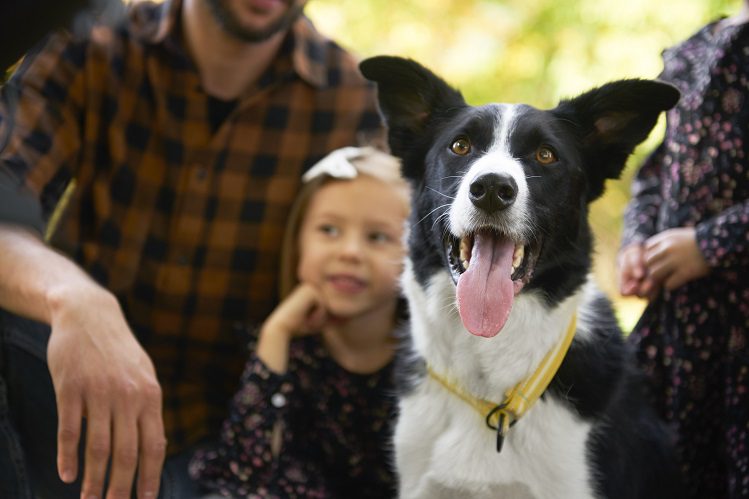
If you have already decided to get a dog, then before choosing a puppy, first visit an allergist – the whole family. Make sure no family members are allergic to pets. Everything is fine? Then we move on to the next point.
Before you bring a dog into the house, read with your children a few manuals on pet care, read what breeds are called and why, and talk to breeders. Be sure to discuss and remember a few basic rules for keeping a dog:
- A dog needs a psychologically and physically comfortable space to live in. In other words, an apartment filled with inviolable antiques will not work either. A playful puppy will certainly drop something or taste it. Everything fragile, sharp, dangerous, valuable, heavy must be removed away from the pet
- Plan expenses for: food for the puppy, trips to the veterinarian, dog handler or behavioral correction specialist, as well as toys, treats, beds, bowls and other necessary things. Agree with the household how you will help the pet adapt to the new place. Even a new cozy home and loving owners in the early days will be stressful for a four-legged friend. The pet needs time to adapt to new conditions. The first time with a puppy all the time someone should be at home. It will be possible to leave him alone at first only for five to ten minutes.
Think about where you will walk the puppy. A 15-minute walk into the asphalt jungle is only suitable as a fallback option in case of lack of time. The dog needs a spacious square or park for walking.
- Research dog nutrition information, consult a veterinary nutritionist, and select the right high quality dog food. For the first 10 days in the house, feed your pet in the same way as the breeders or volunteers at the shelter fed him before. All dietary changes should be made gradually.
- Consider who will train the puppy. You can try to cope with this task on your own, or you can use the help of specialists. The puppy will have to be taught literally everything: respond to a nickname, sleep on a couch, walk nearby on a leash, not bark in the house …
When a child asks for a dog, you need to be especially careful when choosing a breed. It is better to give preference to medium-sized dogs. It is difficult for a child to keep a large dog on a leash during a walk, and miniature dogs are very fragile, a child can inadvertently injure a baby during games and it is hard to experience what happened. By temperament, it is desirable to choose a calm dog.
Try to immediately distribute the responsibilities for caring for a pet among relatives. All family members should be able to handle the dog, so that in the event of someone’s absence, going to the veterinarian, walking, feeding does not turn into an unsolvable task.
We have already said a lot about the reasons that may be a reason not to get a pet. However, if the decision to get a dog is made responsibly by the whole family, you can be congratulated. Dogs have a great influence on children: they teach responsibility, help to find new friends, strengthen self-confidence. With the advent of a dog in the house, the guys spend less time on gadgets, move more, walk and play with a four-legged friend. Besides, a dog is really a blessing. Who among us in childhood did not dream of such a friend?
If all the pros and cons are weighed and there is still a dog in the family, it will be useful and interesting for you at the webinar “”. The speakers will be family psychologist Ekaterina Sivanova, zoopsychologist Alla Ukhanova and a responsible mother who is considering whether to get a pet for children or not? To delve into the topic as much as possible and get answers to your questions, register at
